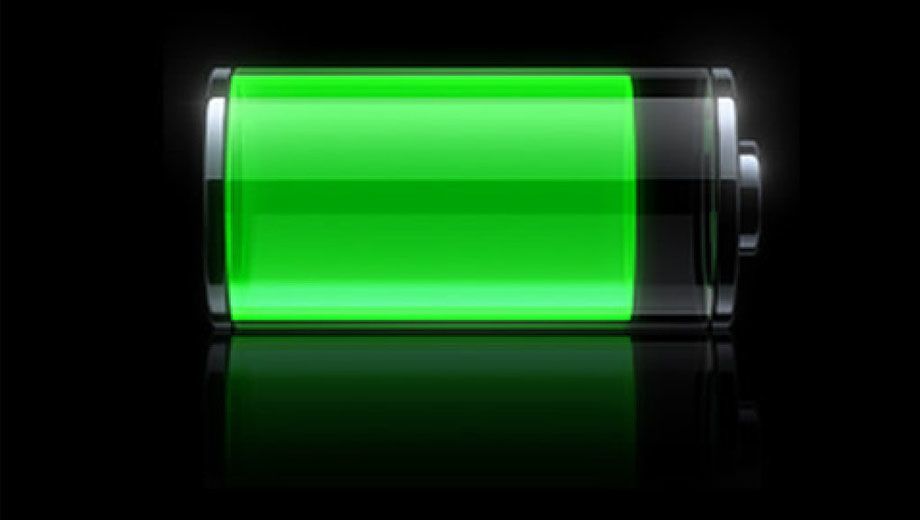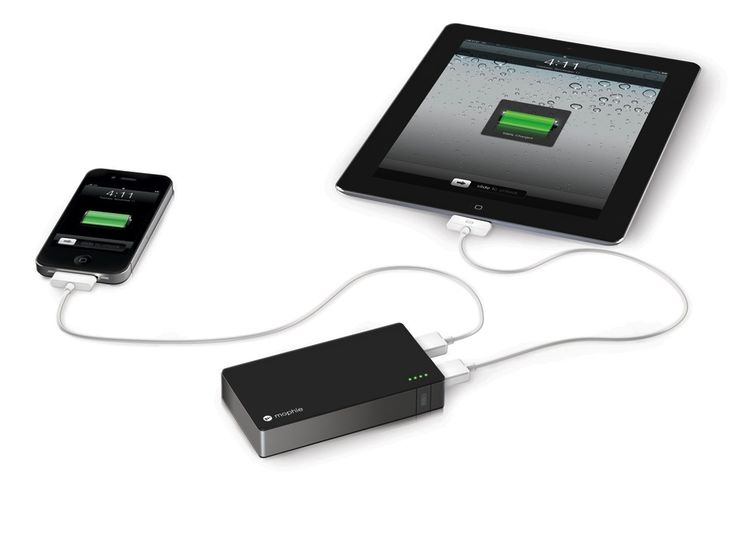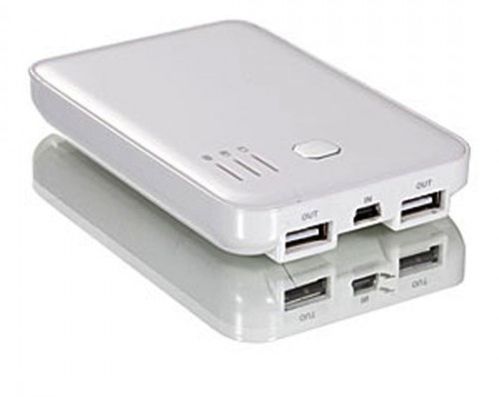Travel tech: choosing external batteries for smartphones & tablets

Frustrated by your iPhone, iPad, Android device or other electronic equipment's battery life?
If you're looking to pick up an add-on battery, we've demystified the impenetrable gadget lingo to explain what you should look for, what to avoid, how much capacity you'll want and other factors to consider when trying to keep your kit charged up on the road.
Oh mAh, what are the units?
First up, you'll want to know how much charge you need. Batteries are usually measured by the current standard unit of electrical charge – which is the milliampere-hour, abbreviated "mAh".
Phone manufacturers can be cagey about battery size but most smartphones sit somewhere between 1400 and 2200 mAh.
The ifixit webite, best known for its revealing teardowns of mobile phones, says that the iPhone 4's battery is 1432 mAh, iPhone 5's is 1440 mAh and Samsung Galaxy S III's is 2100 mAh.
The latest iPad's battery, by contrast, is just under 12,000 mAh according to ZDnet.
That sounds about right: my 1100 mAh charger gets my iPhone 4 up from 0 percent to around 75 percent charged.
So, to recap: to get one full charge for most phones you'll want around 2000 mAh, or 12,000 mAh for an iPad.
How big a battery do you want?
When picking an external battery, your choice will depend on:
- the amount of charge you're likely to need
- the number of devices you'll want to charge
- how large -- and therefore heavy -- a battery you'll want to carry
Price is also a factor, although I've been pleasantly surprised at how reasonably priced external batteries are.
There really isn't that much perceptible weight difference between the gadgets until you get above 6000 mAh.
Price guides
Work on the idea that you'll spend about A$30 for 1000 mAh, A$40 for 2000 mAh, A$60 for a 4000 mAh charger and on up.
That's at Australian big-box retailers, and you might save $10-20 at the high end by picking one up overseas or in duty free.
Check the connection plugs
As any iPhone user upgrading to the iPhone 5 will be realising, it's a bad idea to lock yourself into a specific connector for accessories.
Instead, get one that pumps out power via USB, and connect the charging cable you got with your phone or other device to it.
If you want to charge more than one device -- a 3G pocket wifi device as well as your phone, say -- look for a battery with two USB sockets.
Check also that the charging connector to juice up the battery itself isn't something randomly proprietary either.
We'd suggest mini-USB or micro-USB are the best to look for, unless you're going for a seriously massive external battery (10,000 mAh or more), where you'll want to plug it straight into the wall via its own adapter.
Never pack it in your checked luggage
One last thing: never put batteries like this in checked luggage. They can, occasionally catch fire -- and as you might imagine, flames among clothes in the belly of an airplane is not the best combo.
For up-to-the-minute news, follow Australian Business Traveller on Twitter: we're @AusBT.


Qantas - Qantas Frequent Flyer
20 Sep 2011
Total posts 24
Just to clarify, are these devices, NB the second one pictured in your article, OK to take in carry on / hand luggage?
03 Jan 2011
Total posts 665
Yep! I've travelled with mine for nearly a year now and never had a problem.
Qantas - Qantas Frequent Flyer
20 Sep 2011
Total posts 24
I have too - my question should maybe have been phrased are they allowed in hand luggage?
Hi Guest, join in the discussion on Travel tech: choosing external batteries for smartphones & tablets